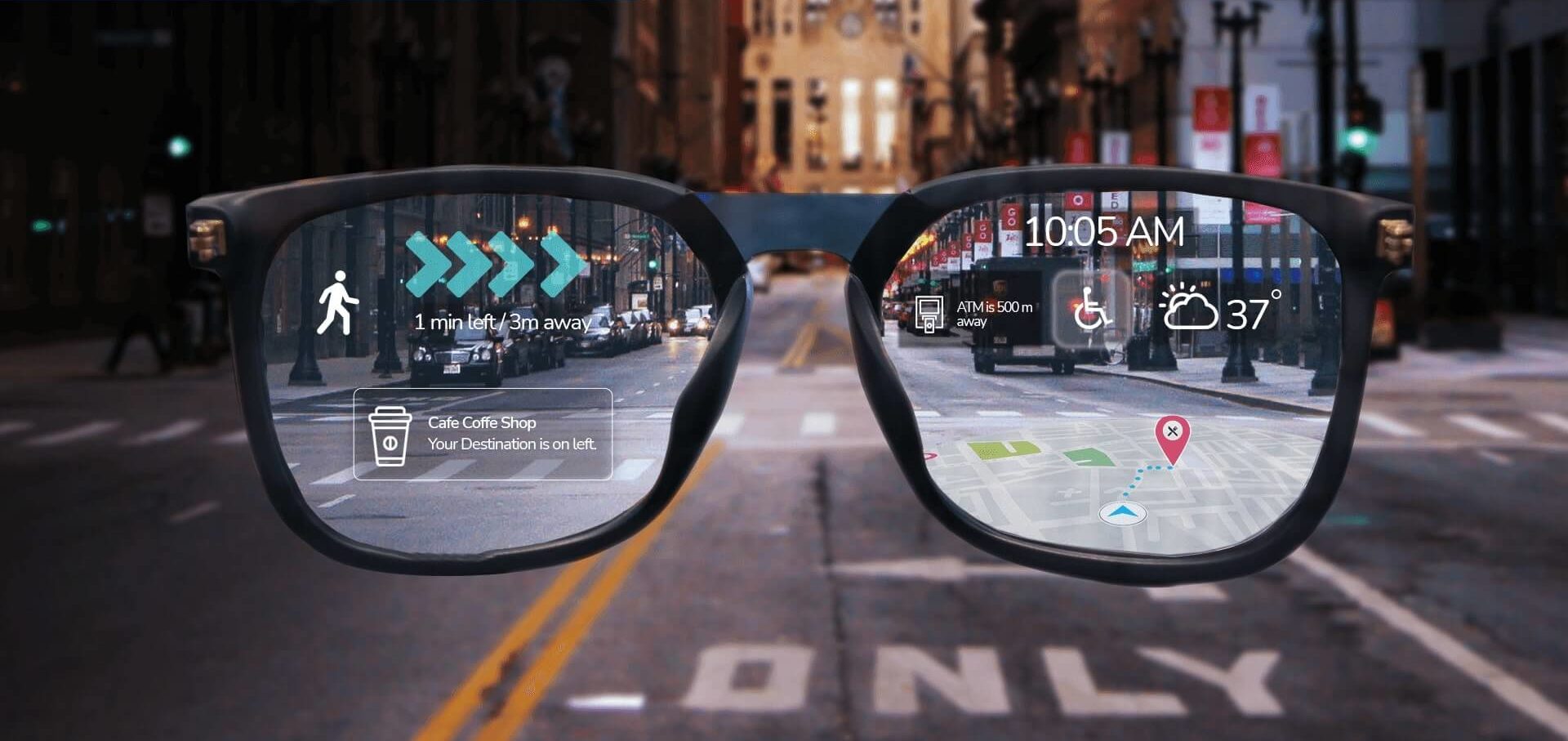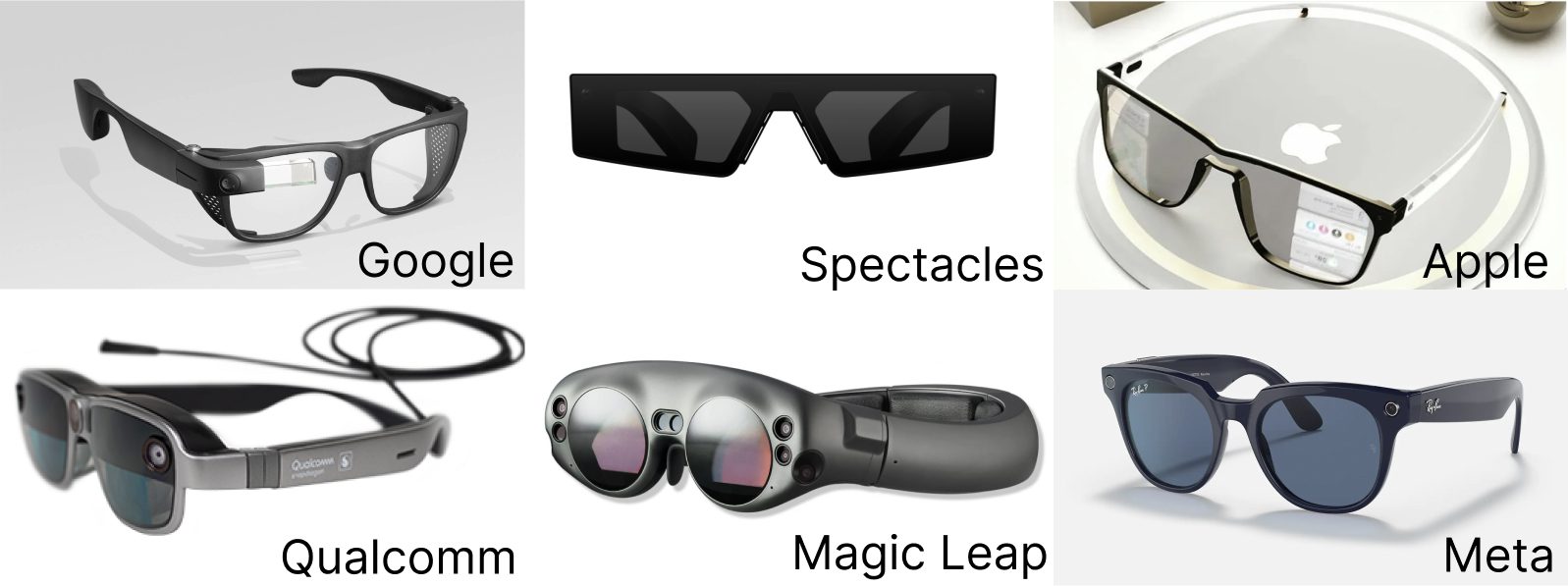When the first round of AR Glasses hit the market in 2013, it’s safe to say the world wasn’t ready. Backlash quickly sparked around the look and fit, privacy implications, and technological limitations.
Fast forward nearly ten years later, however, and we’re gearing up for round 2. Only this time, there’s far more competition in the space, as evidenced by Qualcomm’s official launch of Snapdragon Spaces (announced this week at AWE) and the fierce anticipation around Apple’s WWDC event next week. There seems to be an industry-wide consensus that when it comes to head-mounted, mixed reality hardware, the time is finally now.
Lots of Buzz, But Will Consumers Care?
Despite the buzz, we have to wonder: Are consumers ready to adopt AR headsets into their hardware mix? Are we on the verge of a device revolution not seen since the introduction of the iPhone? Product-market fit is tricky, especially when it comes to a gadget that until now, people have been perfectly content to live without. One reason things might be different this time around is the technology has improved by leaps and bounds, enabling head-worn devices to finally perform as showcased in all those future-forward concept videos.
Utility drives use, value and satisfaction. Adding a digital layer to the physical world that provides contextual and persistent information will make life easier. With Augmented Reality we can speed up the time it takes to complete a task, add a visual or interactive element that helps someone remember a fact, or simply provide a bit more information that will entice someone to buy. When we eliminate the need to pull out the phone to get this info and let the AR Glasses do the work, we’ll see the acceleration and adoption of AR glasses, and ultimately, AR.
Here are the top 5 reasons we think AR glasses are finally geared for liftoff:
Immersive Digital Overlays
Glasses free up your hands and eliminate the barrier of a screen, giving AR a more immersive feel than ever before. Hands-free head-mounted devices provide frictionless access to information in context, such as tabs for a song in real-time, as you play it on your guitar, or walking directions while you navigate the streets of a new city. Apps will take the most important information, allow you to customize what gets displayed, which then will slide into your lenses. You can keep track of your pace and stats while on a run, or get a heads-up that it’s going to start raining in 5 minutes. Your glasses will replace the old-school user-flow of having to open your phone, find the app, find the page and find the information you are looking for.

Image Source: Queppelin
Hands-Free Communication & Notifications
Have you tried the Rayban glasses from Meta? You can go for a walk, listen to music or take a call – all from your glasses. Now imagine you can see a text come in, a notification that your next meeting starts in 1 minute, or a video feed showing someone at your door. Third-party app integrations such an Amazon Ring or Google Home will be seamlessly integrated so you do not have to search for your phone or run to your Nest to get the necessary information.

Image Source: Norm Glasses
Real-time Live Translation
Imagine a world where language was no longer a barrier to have a conversation with a stranger, colleague or friend. With the help of camera and audio hardware integrated into glasses, you’ll translate words on signage, menus, and books. Imagine talking to someone and the speakers from the glasses listen and send back the translation in real-time.

Image Source: Google Glasses
Phygital Retail
E-commerce has made it easier to comparison shop, get more information, see the product on different models, search and filter. When it comes to physical retail, there simply has not been much innovation. AR Glasses will change that, bringing in all the information people get from the web to physical places. Getting the best of both worlds will bring in a new level of creativity to retail. You’ll scan a product to see it modeled in 3D, or a 3D replica of the manufacturing process. An avatar might even walk up to you and ask how they can help. Spot an awesome outfit in the wild? Utilize image recognition to see where you can buy a similar outfit, or accessories that match. Digital AR outfits will also definitely be a thing.

Image Source: Madgaze.com
Gaming
Imagine playing frisbee without the frisbee. Sounds silly, but it’s possible with AR Glasses. Say you go to the beach and realize you forgot the frisbee. Combine Glasses, body tracking and web development and you’ve got a full game of frisbee in the metaverse. As glasses are introduced, games will get wildly more creative and Sports and Games will enter a new era.

Image Source: Wareable.com
As XR hardware evolves for a metaverse-ready world, Geenee AR strives to be agnostic across as many devices as possible. Our WebAR Builder allows anyone to create and publish an augmented reality experience in minutes – no technical knowledge required.
Check out our latest builder updates here.
Now anyone can help architect a Web3D world. Sign up and start building today!


